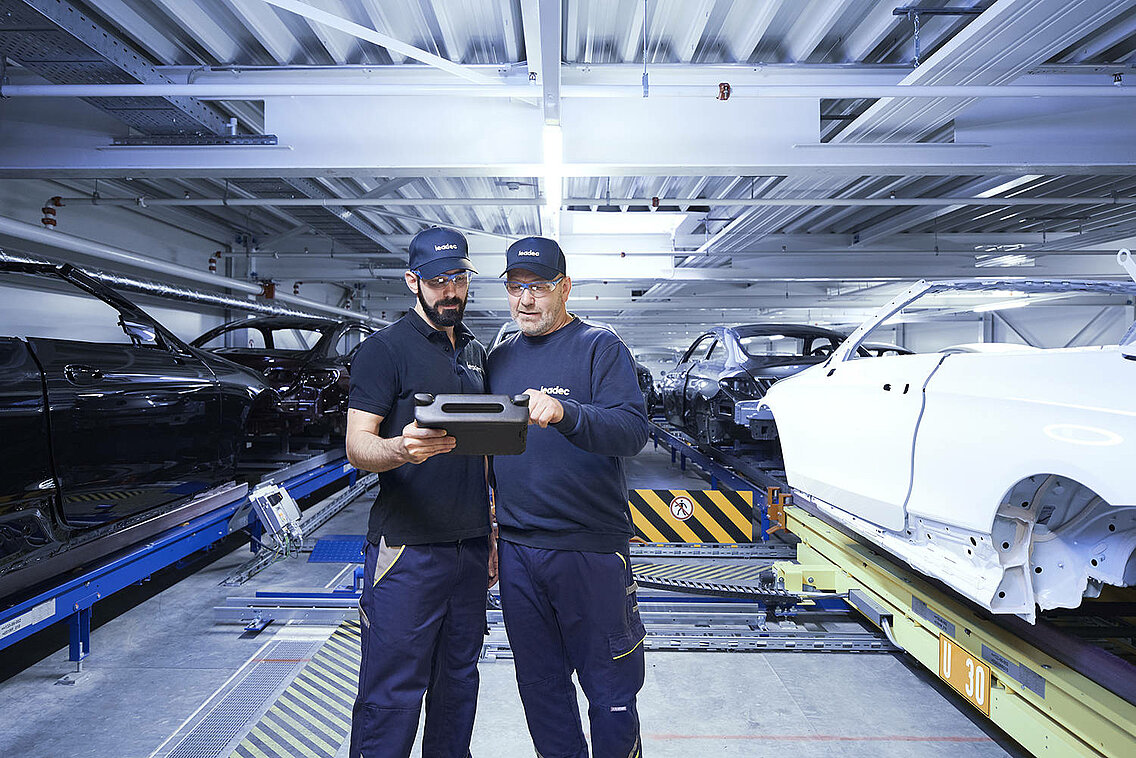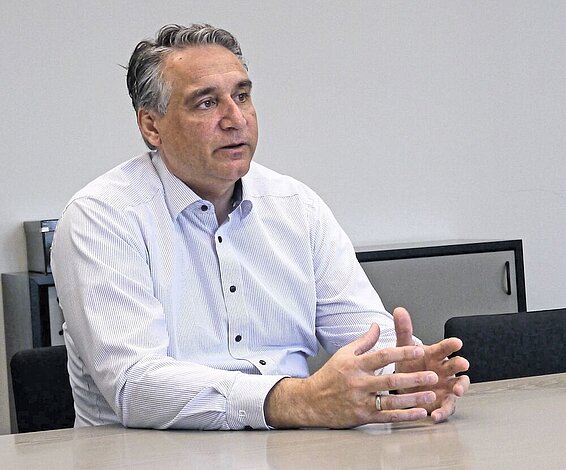“When planning a new factory we think two generations ahead”
Software-controlled, connected production processes, a high degree of automation and close cooperation with sub-suppliers and customers are the features of modern factories that are designed to make them work more efficiently. As a result, the automobile industry is facing new requirements.
Achim Agostini, Head of the Global Automation & Engineering Division at industrial services provider Leadec, envisages two kinds of car factories: “The mass production of identical vehicles, e.g. for fleet operations, will continue on conventional production lines, although there will be more automation, especially in the assembly phase. In factories designed for more individualized production, on the other hand, the cars will be taken to the various production stations by automated guided vehicles (AGV).
There will be many more production steps at one station and the production time spread will be greater. Overall, the equipment for such a factory, and its value creation structure, will change significantly compared with current processes.” Although the technology for it is available, the installed base in the factories is built on traditional concepts.
Money for electric cars rather than factories
Agostini’s view is that the factory of the future will therefore be more modular. Requirements can change rapidly and sub-assemblies will be produced in a decentralized system. More sub-assemblies will come into the factory in larger numbers, and a substantial part of the value creation process will be done outside of the final assembly.



















